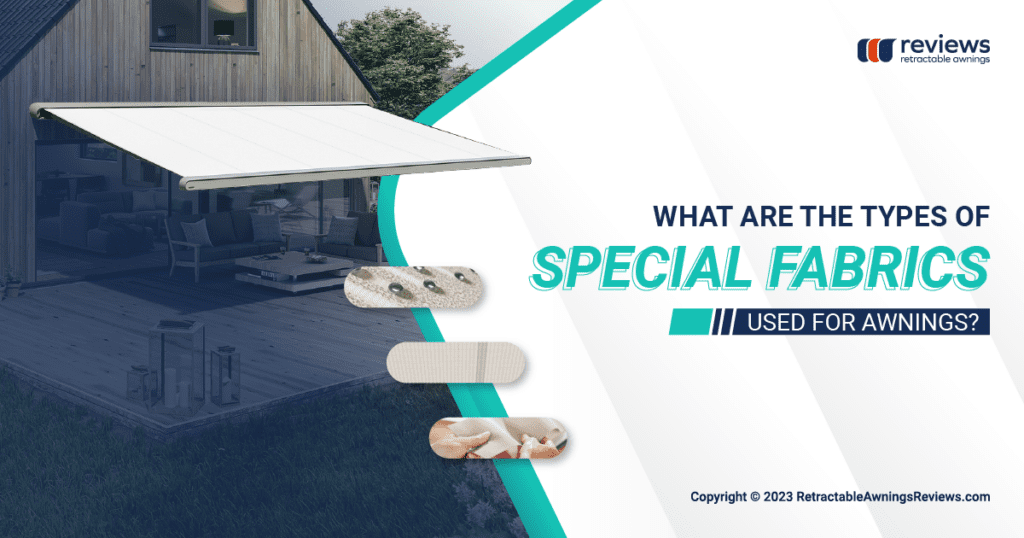For years people have been trying to balance out weather elements to create ultimate comfort and temperature control. They created different technologies and structures to achieve that very same goal. One of the outdoor structures that have evolved most since its creation are awnings and pergolas.
When they were first created, awnings and pergolas were made of natural materials susceptible to outdoor conditions, including the sun, wind, rain and snow. Due to their lack of adjustability or control, their function was limited. Once built, they were stationary and meant to be taken down only in case of severe damage.
Today, these structures have evolved enormously. The retractable technology allows superior control and extraordinary operation capabilities. Thanks to the mechanism and unique fabrics used for awnings, you can create a custom shading solution with additional weather protection depending on the particular model.
That’s why I’ve decided to discuss the importance of retractable awning fabrics and the most popular types used in today’s most functional shading systems. We’ll talk about the pros and cons of each kind and, hopefully, help you choose the right fabric for your home or business awning.
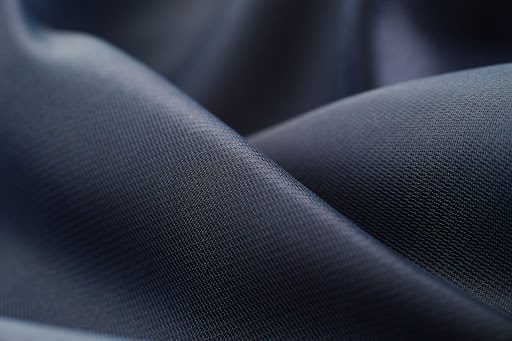
Why does the fabric of an awning matter so much?
The fabrics used for awning production are the main component of the cover over your head that these systems provide for you. They are of vital importance when it comes to selecting the right retractable awning or pergola to match all your needs and preferences. Let’s go into more detail about how and why awning fabrics are so crucial.
It’s the element that makes the most difference.
The fabric cover makes the most difference in outdoor awnings as it’s the part that provides shelter and protection from the weather elements. Location, weather conditions and desired function determine the fabric type that suits you best.
Typically, home and business owners purchase retractable pergolas and awnings as an outdoor shading solution for the hot summer days. The type of awning fabric you choose is essential when discussing UV-ray and heat-resistant qualities. A wrong fabric choice can result in quick material deterioration and failure to satisfy your expectations.
In addition, you may want to go for a water-resistant retractable awning or a waterproof retractable pergola. For the pergola to be waterproof, it must be manufactured with that in mind. This means incorporating a fabric that can withstand heavy rain without causing leaks, retaining water and developing mold.
Investing more means saving more
As much as I hate it when people say, “invest more to save more,” the saying is especially true about awning materials and fabrics. A high-quality product will last you a lifetime if properly cared for. Choosing a reputable awning fabric company will give you a warranty period and supreme UV protection.
However, you should never forget that budget-friendly offers are often low in quality and probably come from China. Failing to meet industry standards will inevitably lead to premature awning damage, fading, rotting or tearing. That means you’ll need to change it sooner than expected and spend more money on retractable awning fabric replacement.
It can add aesthetic value or devalue your property.
Your choice of awning cover fabric can make all the difference when adding a stylish finish to your property or creating the impression of negligence.
You can reap the benefits of a stylish fabric for awnings by selecting from thousands of striped or solid colors, patterns and textures. The right color choice can add curb appeal to your residence and make it easier to be sold or attract new customers to a commercial property.
Don’t get me wrong, all awning fabrics look gorgeous when first purchased. However, outdoor awnings are constantly exposed to the elements and need to be made from materials that can withstand the weather in your particular area.
An unsuitable or low-quality material can fade quickly, easily get dirty or torn and look sloppy and uncared for. That will leave your guests or customers with the impression that you don’t invest time and effort and don’t properly care for your home or business.
It can make your life easier or harder.
Having a pleasant and comfortable outdoor living area to relax and enjoy an open view is something not many would refuse. Retractable pergolas and awnings help you achieve that while simultaneously offering shelter from the rain or relief from the heat. However, retractable shading products come with upkeep and cleaning requirements.
It is the fabric cover that will play a crucial role in two things:
- Cleaning frequency
- Maintenance demands
One type of fabric will be able to withstand light precipitation but will require you to retract it every time a heavy downpour occurs. Another can be waterproof, allowing you to leave it extended more often. On the other hand, different materials resist fading and rotting. Depending on their additional treatments, you’ll also notice that one will stain more than the other.
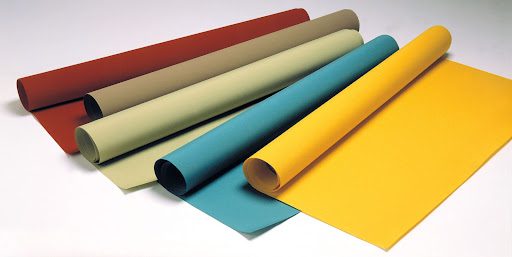
Which are the most popular awning fabrics used today?
Throughout the years, specific textiles have been proven more effective in producing retractable awnings than others. It’s imperative to note that each type of fabric is used for different purposes because of its qualities and resistance to outdoor conditions. Most commonly, they’re categorized into indoor and outdoor fabrics.
To further improve their protective qualities, manufacturers treat the fabrics with various vinyl laminates, acrylic or PVC coatings and top coatings.
The Awning Division of the Industrial Fabrics Association International (IFAI) states the seven most popular types of fabric used for the production of retractable awnings today:
- solution-dyed acrylic
- solution-dyed modacrylic
- vinyl-laminated polyester
- vinyl-coated polyester
- acrylic-coated polyester
- painted polyester/cotton
- vinyl-coated polyester/cotton
But let’s dive into the base materials, their qualities, pros, and cons.
Organic canvas
People relied on natural materials such as wood for canvas fabric fibers years ago. Canvas, in particular, is one of the first fabrics used for awning covers and certainly one of the most popular ones. While years ago, people used hemp or linen, today, woven fabric is made from cotton.
Canvas awning covers are also treated with a top coating for rot and mildew resistance and a layer of paint for a colored version. Something good to mention is that with canvas, there’s a direct correlation between its weight (used materials) and its cost. In other words, the heavier the canvas, the more expensive it will be.
Polyester canvas
Before polyester canvas came along, people used additional treatments on organic canvas, creating acrylic-coated and vinyl-coated fabrics to achieve better water and tearing resistance. However, there were downsides to these combinations, and eventually, the polyester canvas began to be produced.
People began to use polyester for outdoor awnings, as it is highly resistant to weather conditions. It’s used across many industries, and it’s a budget-friendly option as it’s a synthetic fiber obtained from petroleum. Typically, it’s treated for color with an acrylic coating turning it into acrylic-coated polyester fabrics.
Vinyl (PVC) canvas
Vinyl is the short term for Polyvinyl chloride, commonly known as PVC. The chemical composition finds a wide range of applications across various industries. In the retractable awning industry, it is used as composite fabric when combined with additional chemicals.
You’ll find vinyl awning fabrics more costly since they have several layers of laminated material. The final fabric is quite heavy and presents different advantages and disadvantages that we’ll discuss in the Pros and Cons section.
Acrylic canvas
Acrylic is considered the most luxurious material for producing awning canvas as it resembles wool and cotton but has superior qualities. It’s a synthetic material consisting of at least 85% acrylonitrile units. Its fine thread is formed by a chemical compound and then woven to form the final form of the fabric.
To create solution-dyed acrylics, manufacturers dye this chemical compound in acrylic pigments before it forms the individual fabric threads. Therefore, it’s deeply colored before weaving the fibers into a canvas. This extraordinary method, however, comes at a price.
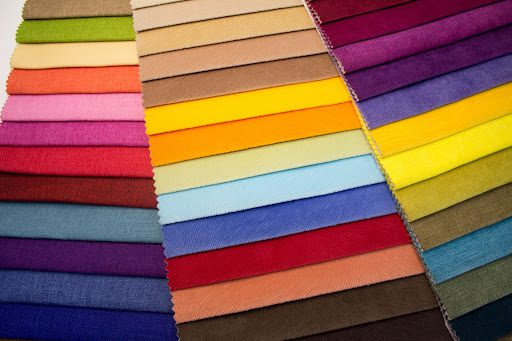
Pros and cons
After you have some general knowledge about the most popular fabrics used in the production of retractable awnings today, it’s time to discuss their advantages and disadvantages.
Organic canvas
Organic canvas awnings are made from natural materials, so it’s safe to say it’s an environmentally friendly shading solution. The materials are thick and seem to be durable. They’re a budget-friendly solution, especially for lighter awning fabrics. Consider that the heavier the canvas is, the stronger it becomes.
However, organic canvas requires additional treatment with waterproofing chemicals to gain water resistance. The material’s inability to withstand moisture leads to mold, mildew and rot, which requires you to reapply clear varnish. In addition, when continuously exposed to direct sunlight, the dyed organic material’s colors tend to fade quickly.
Polyester canvas
The main advantage of polyester is that it’s very waterproof and durable, making it highly resistant to weather conditions. This awning fabric is suitable for rainy tropical climates and offers excellent value for money.
On another note, its high water resistance leads to a lack of breathability. Thus it can mold and mildew quite easily. While doing well in cooler areas, it’s not very suitable for intense UV and sun exposure as it offers less thermal protection, and the coating will fade and discolor. Color options are also limited.
Vinyl (PVC) canvas
PVC canvas awnings are easy to maintain, highly durable and very strong. Multiple laminated layers cause vinyl fabrics to become extremely waterproof. Light and flexible, this awning cover material is fire retardant and mildew resistant.
However, the laminated layers present some disadvantages. With this fabric, you can observe limited airflow passing through, which affects its heat resistance and ability to dry properly. What’s worth mentioning is that the vinyl canvas’ cost is significantly higher than other materials, and there are some limitations in color and pattern choice.
Acrylic canvas
Solution-dyed acrylic fabrics come with many advantages for awning owners. A vast selection of colors, patterns and textures is available, making it possible to complement any design and style. The acrylic has excellent UPF and heat protection ratings, UV resistance and fade-resistant qualities, making them appropriate for sunny climates.
In addition, the acrylic fabric is water-resistant and will not rot or mildew easily as it tends to dry quickly. It is easy to maintain and does not require frequent cleaning. Given all its qualities, it’s no wonder they come with a long warranty, often lasting for at least ten years.
The cost of quality solution-dyed acrylic fabrics may be considered a drawback. Although resistant to water, the fabric isn’t waterproof, so it must be retracted in case of heavy downpours and storms. It’s also susceptible to tear if installed near tree branches and other elements that might rub against it.
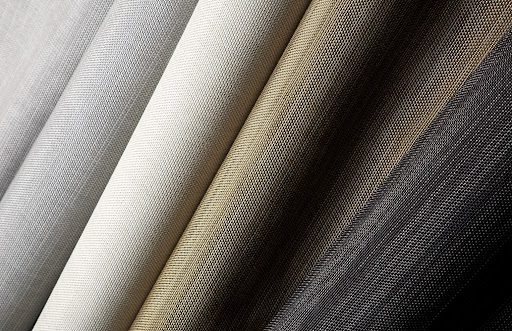
Which fabric should you choose?
Selecting a fabric for your retractable awning or pergola is a strongly individualized choice. This is because it should be based on your particular needs, geographical area, weather conditions and the purpose of the structure.
Here are some things to consider before making your final decision:
- What type of material features will be best for you?
- What is the budget you can spend on fabric?
- What are the climatic conditions in your area?
- Do you need the fabric to be waterproof or water-resistant?
- How much time can you spend on cleaning and maintenance?
- Do you want a wide range of color options to choose from?
- Do you want a breathable material with high heat resistance?
- How long is the warranty period?
- Is the awning fabric well-known or certified?
- Will it be expensive to replace?
Recommendations for fabric awning brands
If you’re looking for specific recommendations, here are the top brands you can choose from for your awning or pergola.
For retractable awnings:
- Sunbrella
- Para Tempotest®
- Dickson
- Recacril
- Sattler
For retractable pergolas:
- Mehler
- Serge Ferrari
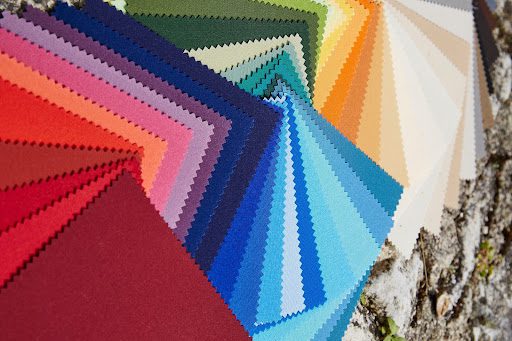
Conclusion
The fabric cover of an awning is an element crucial to the overall functionality of your shading system. The production technology has evolved throughout the years, incorporating different materials and additional treatments to create an effective, long-term solution resistant to the outdoor environment.
Understanding the difference between the available choices on the market and the qualities they present to choose the best fabric for your home or business is vital. It’s also worthwhile to consider the popular fabric brands and answer some questions to understand better what exactly you need.
